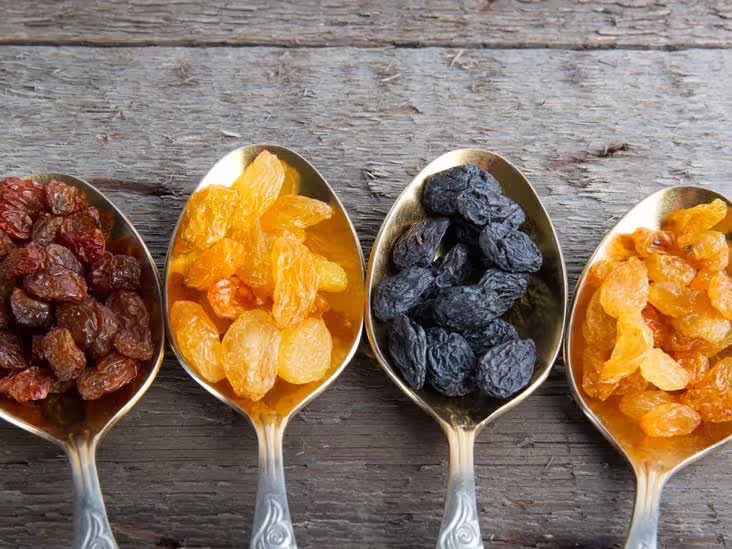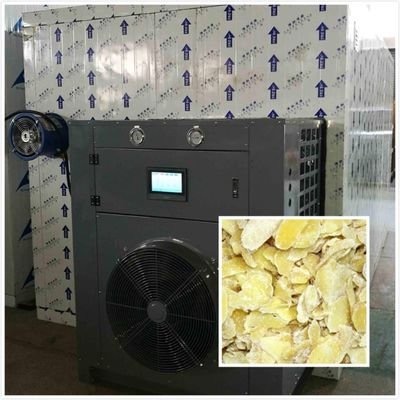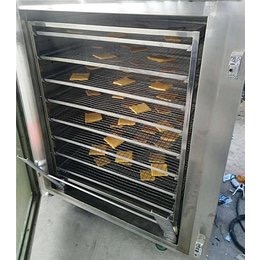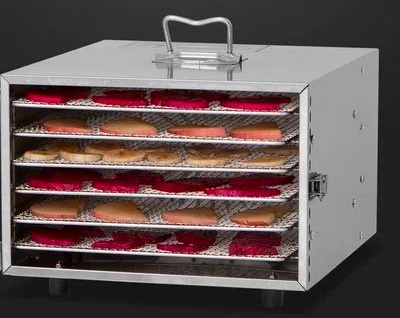
Content Menu
● What Is a Heat Pump Dryer?
● How Does a Heat Pump Dryer Work?
● Energy Consumption of Heat Pump Dryers
>> Average Energy Use
>> Comparison with Traditional Dryers
● Benefits of Using a Heat Pump Dryer
>> Energy Efficiency
>> Lower Operating Costs
>> Gentler on Clothes
>> Versatile Installation
>> Environmental Impact
● Considerations When Choosing a Heat Pump Dryer
>> Initial Cost
>> Drying Time
>> Maintenance Needs
● How Much Energy Does a Heat Pump Dryer Use?
● Conclusion
● Related Questions
>> 1. How much can I save annually by switching to a heat pump dryer?
>> 2. Are heat pump dryers suitable for all types of fabrics?
>> 3. Do I need special installation for a heat pump dryer?
>> 4. How often should I clean my heat pump dryer?
>> 5. Can I use a heat pump dryer in small spaces?
Heat pump dryers have gained popularity in recent years due to their energy efficiency and ability to dry clothes without the need for external venting. This article will explore how much energy these innovative appliances use, their advantages, and considerations for consumers looking to invest in one.

What Is a Heat Pump Dryer?
A heat pump dryer is a type of clothes dryer that utilizes heat pump technology to dry garments efficiently. Unlike traditional dryers that expel hot air outside, heat pump dryers recycle warm air within the machine, significantly reducing energy consumption.
How Does a Heat Pump Dryer Work?
Heat pump dryers operate using a closed-loop system that involves several key components:
1. Evaporator: The process begins when moist air from the drum is drawn into the evaporator, where it cools down and condenses, removing moisture from the air.
2. Compressor: The compressor then compresses this moist air, raising its temperature.
3. Condenser: The hot, moist air passes through the condenser, where moisture is removed, and the cooled air is recycled back into the drum.
4. Fan: A fan circulates the warm air back into the drum to continue drying the clothes.
This cycle allows heat pump dryers to be more energy-efficient than traditional models, making them an eco-friendly choice for consumers.
Energy Consumption of Heat Pump Dryers
Average Energy Use
On average, a heat pump dryer consumes about 2.16 kWh per cycle for a full load of laundry. This translates to approximately $72.52 annually if used twice a week, which is significantly lower than conventional dryers that can consume up to 5 kWh per cycle, leading to higher annual costs.
Comparison with Traditional Dryers
| Dryer Type | Energy Consumption (kWh/cycle) | Annual Cost (based on 2 loads/week) |
|---------------------|---------------------------------|-------------------------------------|
| Heat Pump Dryer | 2.16 | $72.52 |
| Conventional Dryer | 5.34 | $178.08 |
As shown in the table, heat pump dryers are more than 70% more efficient than traditional vented models, making them an attractive option for energy-conscious consumers.

Benefits of Using a Heat Pump Dryer
Energy Efficiency
Heat pump dryers use significantly less energy compared to conventional models. This not only helps reduce your carbon footprint but also results in lower utility bills.
Lower Operating Costs
With reduced energy consumption comes lower operational costs. Over time, these savings can add up significantly, making heat pump dryers a cost-effective choice.
Gentler on Clothes
Heat pump dryers operate at lower temperatures compared to traditional dryers, which helps protect delicate fabrics from damage and wear. This feature is particularly beneficial for items like wool and silk.
Versatile Installation
These dryers do not require external venting, allowing for flexible placement in homes without ducts. This versatility makes them ideal for apartments or homes with limited space.
Environmental Impact
By using less energy, heat pump dryers contribute to reduced greenhouse gas emissions compared to traditional dryers, making them an environmentally friendly choice.
Considerations When Choosing a Heat Pump Dryer
While heat pump dryers offer numerous advantages, there are some factors to consider:
Initial Cost
Heat pump dryers typically have a higher upfront cost compared to conventional dryers. However, this cost can be offset by long-term savings on energy bills.
Drying Time
These dryers may take longer to dry clothes than traditional models due to their lower operating temperatures. On average, a full load may take around 233 minutes, compared to about 177 minutes for vented dryers.
Maintenance Needs
Regular maintenance is essential for optimal performance. This includes cleaning filters and emptying water collection tanks if applicable.
How Much Energy Does a Heat Pump Dryer Use?
To further understand how much energy heat pump dryers use, let's break down their energy consumption:
1. Energy Rating: Most heat pump dryers come with an energy rating label that indicates their efficiency level. Look for models with higher ratings for better performance.
2. Cycle Duration: The length of drying cycles can vary based on load size and fabric type. Heavier fabrics may require longer drying times but will still consume less energy overall compared to conventional dryers.
3. Usage Patterns: How often you use your dryer will also affect overall energy consumption. For instance, using the dryer during off-peak hours can lead to additional savings if your utility provider offers lower rates during those times.
4. Load Size: Full loads are more efficient than partial loads; therefore, drying full loads whenever possible can maximize energy efficiency.
5. Settings and Features: Many modern heat pump dryers come with various settings that allow users to optimize drying based on fabric type and moisture levels. Utilizing these features effectively can further reduce energy usage.
Conclusion
In conclusion, heat pump dryers are an excellent investment for those looking to reduce their energy consumption and utility bills while being gentle on their clothes. Although they may have a higher initial purchase price and longer drying times compared to traditional models, the long-term savings and environmental benefits make them a worthwhile consideration for many households.

Related Questions
1. How much can I save annually by switching to a heat pump dryer?
Switching to a heat pump dryer can save you around $500 over its lifetime compared to conventional models due to lower energy costs.
2. Are heat pump dryers suitable for all types of fabrics?
Yes, heat pump dryers are gentle on fabrics due to their lower drying temperatures, making them suitable for delicate items as well as regular laundry.
3. Do I need special installation for a heat pump dryer?
No special installation is required; they can be placed in any location without needing external venting.
4. How often should I clean my heat pump dryer?
It's recommended to clean the lint filter after every load and check the condenser unit regularly for optimal performance.
5. Can I use a heat pump dryer in small spaces?
Yes, because they do not require external venting and have compact designs available, they are ideal for small spaces like apartments.












